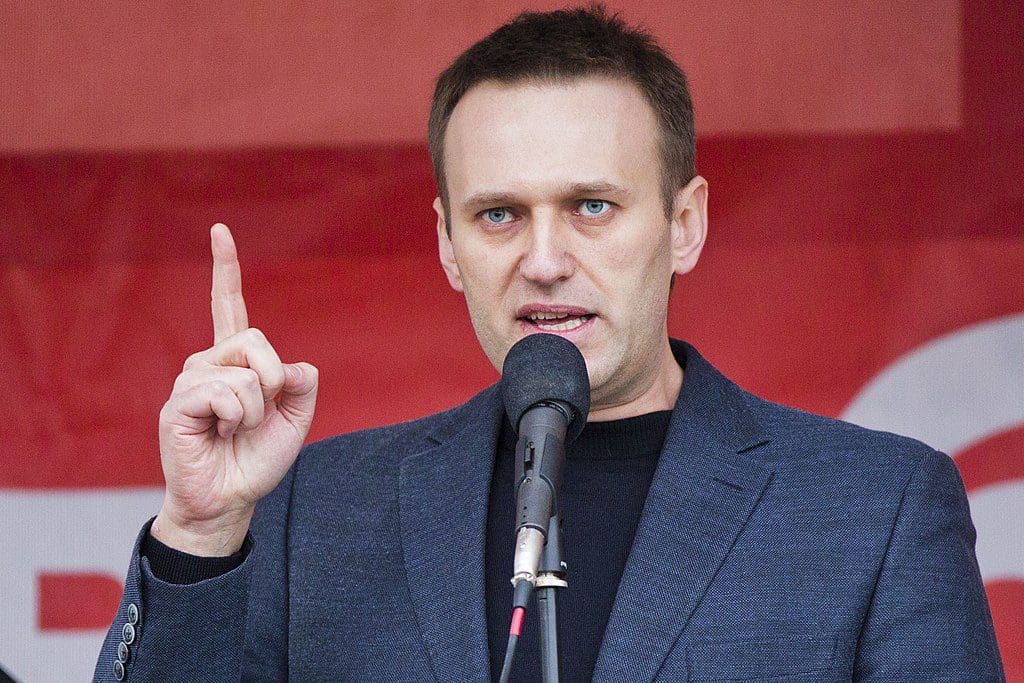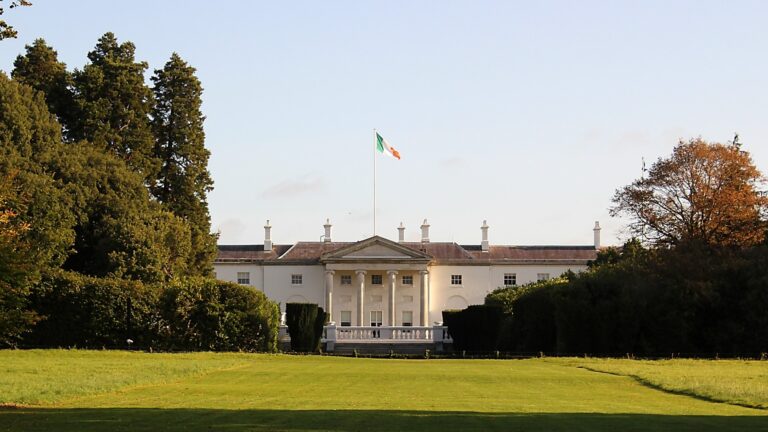There are two models of opposition. One that cooperates with the governing party in those matters that help the further advancement of the country and opposes it when its propositions are against the fundamental ideology of the opposition. The other model stands for totally opposing everything that the ruling party is and does.
The first model of opposition is the one most usually followed in democratic countries. Undoubtedly, some of the ideological differences between the Republican and Democratic Parties in the United States are irreconcilable. However, as these two parties are united in the pursuit of bettering the US as a nation, thus bipartisanship is a fundamental characteristic of American democracy. Between 2018–2020, 68 per cent of enacted bills received support from at least one Republican or Democrat, which is a testament to the cooperation between the ruling and opposition parties. In the last 20 years, bipartisan support stood the lowest in 1998 (at 46 per cent). In other words, on average 56 per cent of the bills passed by the US Congress had bipartisan support in the last 20 years. While the two parties stand in strict ideological conflict with each other, their actions are based on a democratic model of cooperation on those issues where opinions are reconcilable, and concessions can be made.
The second model of opposition is characteristic of authoritarian countries. Given the immoral actions committed by authoritarian regimes, members of the opposition might be convinced that cooperating with the regime in some way legitimises it in all its abhorrent nature. Not to appear as though endorsing the immoral regime, the opposition in authoritarian countries usually stands in complete resistance to the ruling power.
An example of this type of opposition would be Alexei Navalny in Russia. Navalny’s total rejection of the Putin administration excludes the possibility of cooperating with the government, and therefore it makes him an outsider to Russian politics. His total resistance also resulted in the complete isolation and irrelevance of Navalny in Russian political life. Until 2013, Putin never even called him by his name, and it has been uttered only a handful of times by the Russian President since. In the early years, he was at best referred to by the President as ‘this gentleman’, or more recently, as the ‘patient in a Berlin clinic’ (after his poisoning, Navalny recovered in a clinic in the German capital). No major change has happened to Russian institutions or legislations thanks to Navalny’s work—while certainly, his opposition was a source of inspiration for many intellectuals who were even a priori opposing the regime, barely did he ever achieve any tangible results. Nevertheless,
such total opposition to authoritarian regimes is morally important, even if they are more often futile than not.
This type of total rejection of the regime demonstrates that the system is rotten to the core, or in other words, beyond repair.
While the first model is characteristic of democracies and the second of authoritarian regimes, a blending of the two also appears between opposition models and regime types. For instance, increasingly, the progressive left in the United States completely objects to even the core foundations of the country. The woke left openly advocates for placing the foundation of the US on a new basis, redesigning its institutions to one that is allegedly more ‘equitable’ and ‘inclusive’; and even proposing a new national narrative for the USA. In other words, the type of resistance followed by the radical left in the USA stands in complete rejection of the current system.
Similarly, the cooperative model also exists in Russia. The Communist Party of the Russian Federation (KPRF) is a committed force for social justice in the country—as much of its voter base are pensioners, it regularly steps up in protection of this social group. In 2018, the KPRF organised nationwide protests against raising the retirement age. In some of its similar endeavours, the KPRF did attain some success in improving the circumstances of people in certain social justice issues. However, the KPRF would not be able to exist or succeed in the above-mentioned, rather niche, issues if it did not sign up for the foundational ideology of the authoritarian regime. Correspondingly, KPRF supported the separatists in Ukraine with military aid before the war. The party also called for the recognition of the two self-proclaimed Donetsk and Luhansk People’s Republics in 2014; and in 2022, the KPRF supported the invasion as well. On the one hand, signing up for the regime’s baseline (e.g. the invasion) allows the opposition to operate within the authoritarian regime and advocate for its own issues under controlled circumstances; on the other hand, the very fact that it does not oppose the regime in its entirety undermines its credibility to some extent.

To sum it up, in democracies, parties normally use the first model of opposition (cooperation and dissent), while only rare radicals opt for the second model, complete resistance to the regime. In authoritarian regimes, on the other hand, most opposition forces chose to completely oppose the regime, while some opt to cooperate with it, but therefore, they simultaneously lose some of their credibility.
The Current State of the Opposition in Hungary
After having outlined how these two models work, the Hungarian opposition presents us with a challenge. The reason why it presents such a curious case is that Hungary is a democracy, yet nevertheless, the opposition, who are generally not viewed as radicals, opted for the absolute rejection-based model. The Hungarian opposition completely rejects the ruling party no matter what it proposes or does—which is not characteristic of democracies that are designed to be cooperative.
Both major parties in the parliamentary minority, DK’s and Momentum’s most recent manifestos are testaments to the parties’ total rejection of whatever the governing Fidesz-KDMP coalition is doing. DK’s manifesto urges to build a ‘new republic’ while calling for the current system to ‘be destroyed’, as ‘there cannot be a compromise with the Orbán-regime’. Have no doubt,
the DK manifesto does advocate for the total annihilation of the existing system.
It states:
‘Those who think that everything will be solved by replacing the current government are seriously mistaken. Governance requires strength: the democratic alternative must be filled with strength. With intellectual, moral, human, political and organisational strength’.
In other words, winning the election is not enough—the country needs to be fundamentally redesigned. Similarly to DK, Momentum also advocated not only for a ‘change in government’ but also for a ‘change of era’. Their manifesto advocates for the renationalisation of some of the assets privatised since 2010, and for the thorough inspection of politicians, as well as businessmen—in other words, for the replacement of the current Hungarian political and economic elite. Such total rejection of a system is comparable to a call for revolution. The opposition’s utter repudiation of the current system is demonstrated by their eagerness to be absent from parliamentary sessions too—their members were unwilling to attend the session when the new Hungarian Fundamental Law was passed, and also left the session in 2022 when Katalin Novák was inaugurated as President.
Democracy is enhanced by cooperation between the opposition and the ruling party.
In Hungary, however, the opposition is completely unwilling to cooperate with the government. Even in a country as polarised as the United States, bipartisanism is common, but not in Hungary. This is not a failure of the ruling, but of the opposition parties. Cooperation and discourse that can lead to concessions can only happen if the out-of-power parties are willing to be there in the parliament and talk, instead of tearing down barriers on a weekly basis.
Outright violence and the provocation of the police is not ‘democratic discourse’, and therefore, it cannot lead to legitimate discourse and compromise. If the opposition really wanted to serve the interest of the people who elected them to parliament, it should shift from the complete rejection of what Hungary is today, to a model of opposition activism that is based on cooperation, discussion, and concession.
Related articles:








